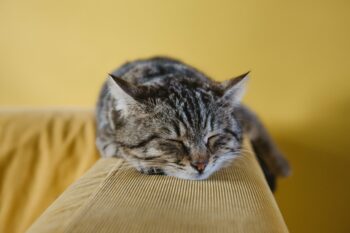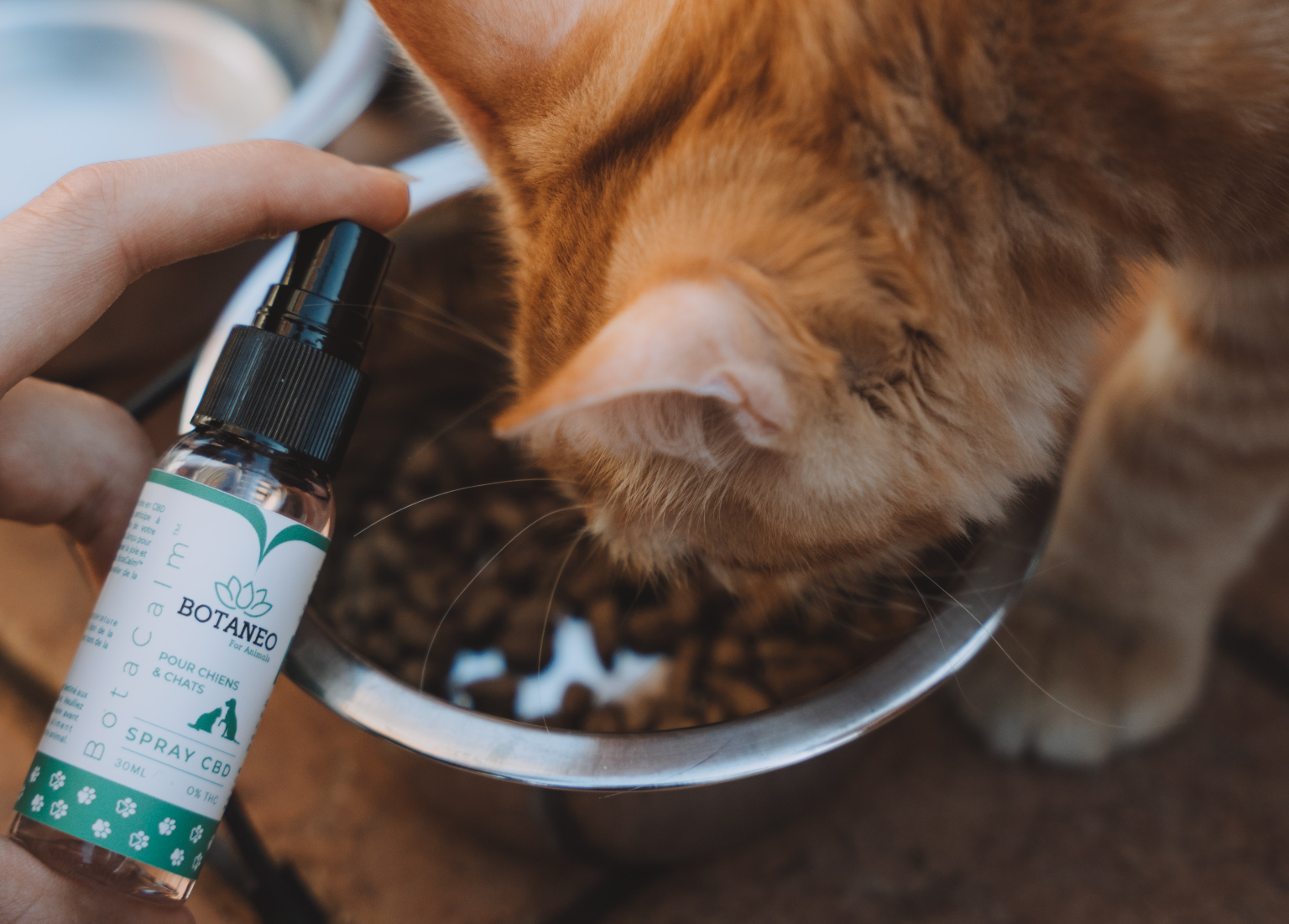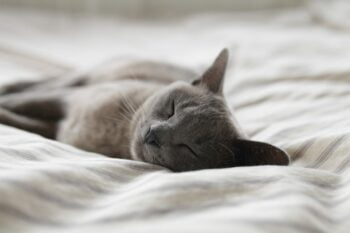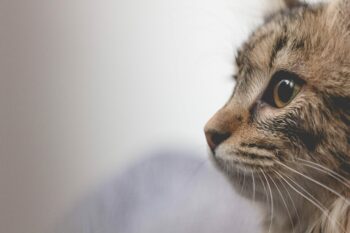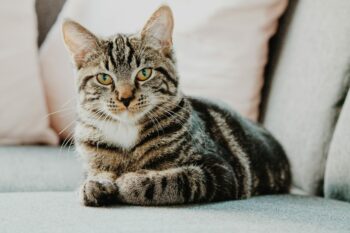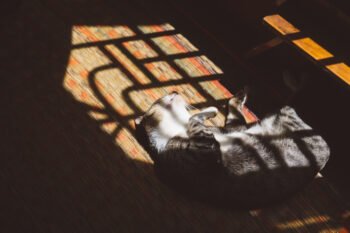“Feline non-recognition aggression” is a technical term that may be unfamiliar to you. But if you are a cat owner with more than one cat, chances are you have experienced the phenomenon. It usually begins something like this:
You have two or more cats that normally get along well. Whether or not the cats are related, things go smoothly in your household until you take one cat to the veterinarian’s office for a minor procedure. Your cat is feeling OK, if not a little shaken up by the ordeal, and you take it home. That’s when the problem starts.
Your other cat(s) look at the treated cat as if they have never seen it before. They might hiss and shun it, running away. As if your formerly sick cat didn’t have enough problems, it now has this social anxiety to face. The other cats might even try to attack the treated cat.
Dr. Nicholas Dodman, founder of the Tufts Animal Behavior Clinic, calls this sort of behavior “feline non-recognition aggression.” Dodman has heard many different explanations for it. Perhaps the cat from the vet is releasing stress hormones, or perhaps it just looks different. The cat could have taken on the scent of something from the clinic, such as anesthesia, iodine, alcohol or even vitamin B, which he says seems to pervade most pet hospitals.
Dodman is not certain what single trigger is responsible for feline non-recognition aggression. It’s possible that many different causes exist and are unique to each cat. The main thing to remember is that if you have a multi-cat household and one cat needs to go to the vet, be sure to supervise kitty reunions upon your return home. It’s been my experience that any surprise shunning by other cats diminishes within a few hours. During that time, however, it is important to allow the recovering cat to rest in peace before dealing with reintroductions.

